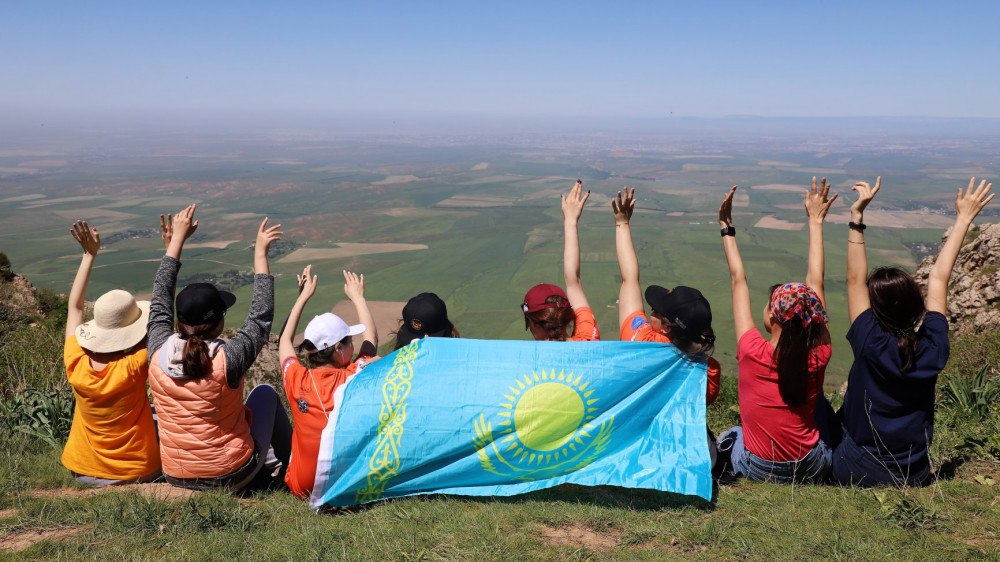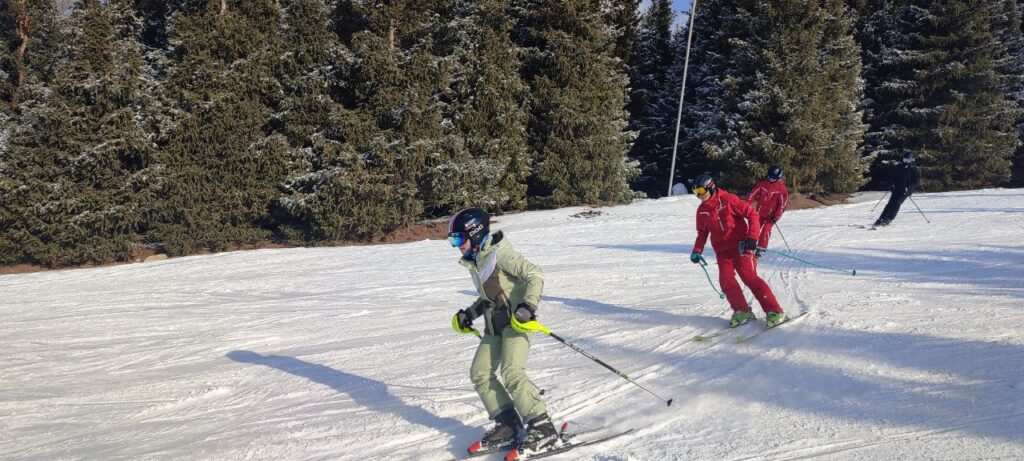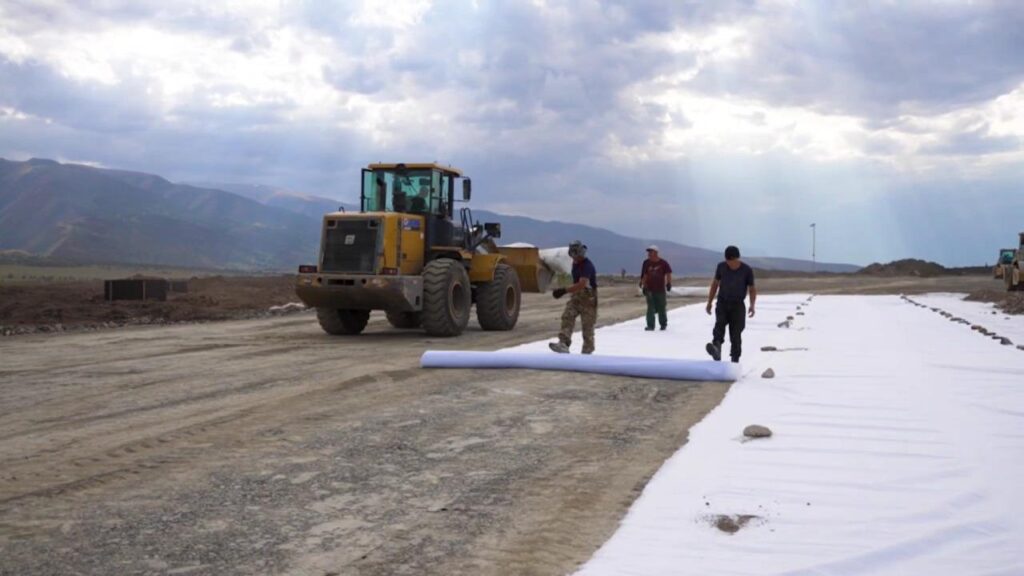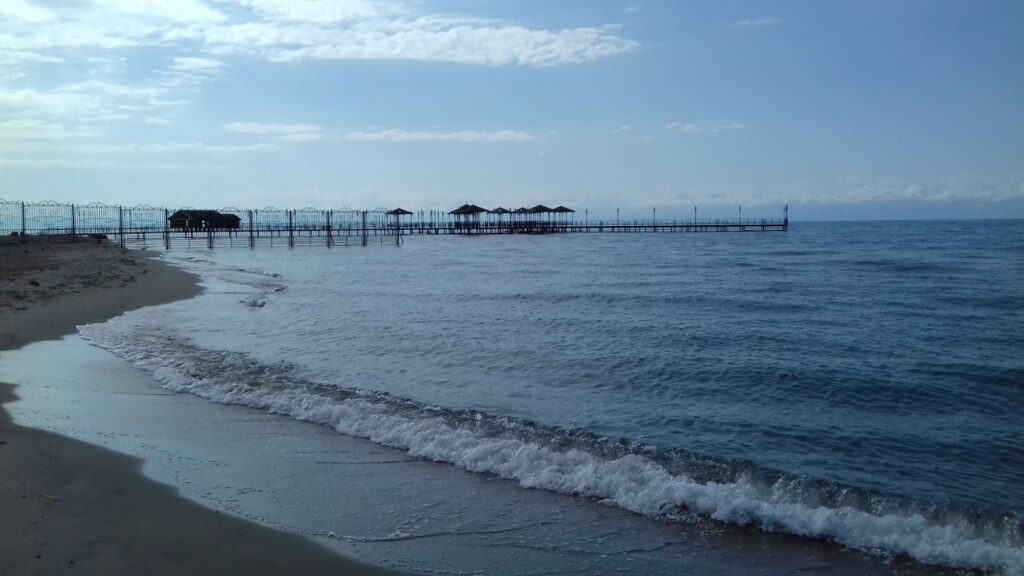In recent years the government has made sizeable efforts to develop the country’s tourism industry. Today, more than ten tourist clusters are being developed in Kazakhstan, including the Almaty agglomeration, the resorts of Burabay, Katon-Karagay, and Bukhtarma in the East Kazakhstan Region, the Caspian resort areas in the west of the country, and ancient Turkestan.
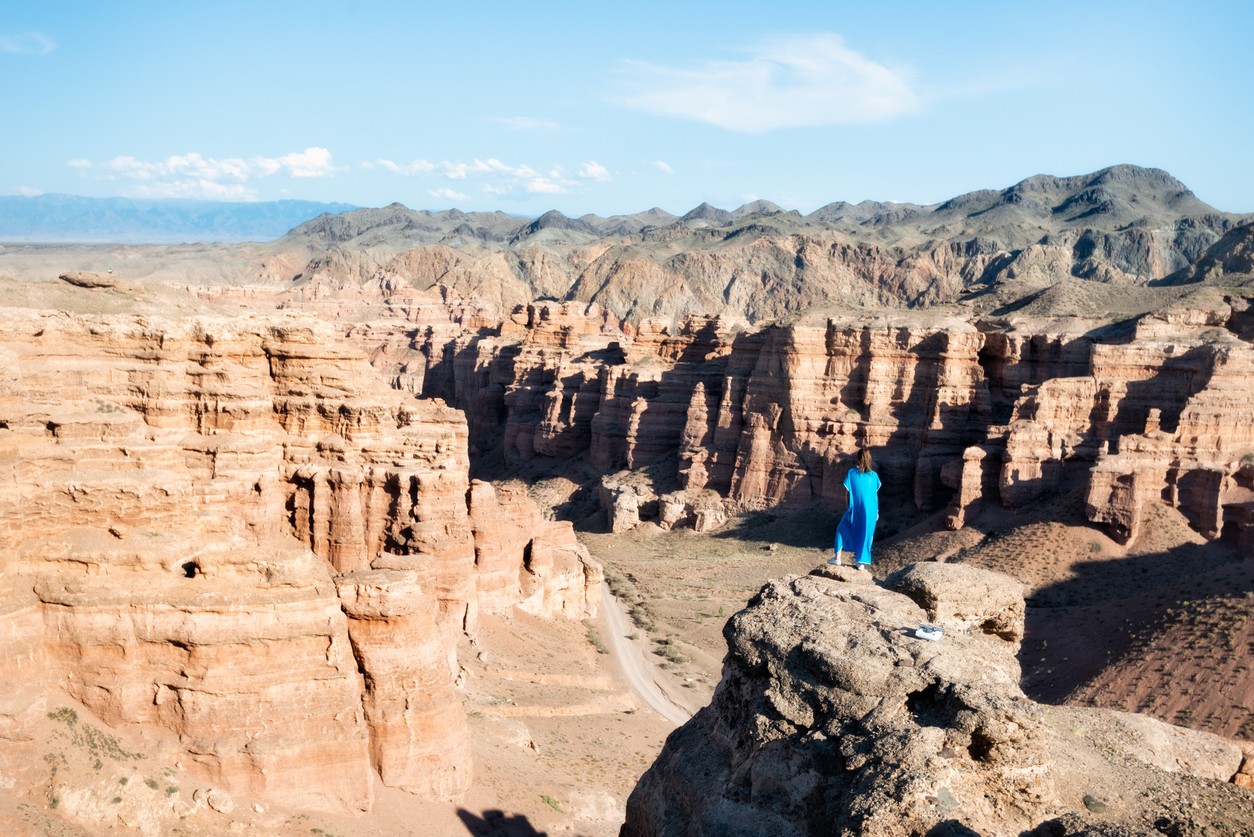
@iStock, Charyn Canyon
A lot has been done, but there is more to do
In June of this year, President Kassym-Jomart Tokayev held a meeting on developing tourism, where he outlined new priorities. “Today, the share of tourism in GDP has exceeded 9%. So, we can say that this indicator is returning to pre-pandemic levels. About 10% of jobs in the world are provided by tourism. Thirty percent of world exports, 7% of investment, and 5% of tax revenues are attributable to tourism services sector. Kazakhstan has everything necessary for the development of all types of tourism: from environmental to business,” he noted.
“Almost 90% of foreign tourists in Kazakhstan come from neighboring CIS countries. There are still a few tourists from further abroad. Meanwhile, international research shows that more than 70% of travelers prefer to visit vacation destinations within a four-hour flight. That is, Kazakhstan can be very attractive to tourists from China, India, East Asia, and the Middle East. At the same time, we must take into account specific issues related to the national mentality of foreign tourists, their interests and demands, and not approach all tourists with a single program. This requires qualified cadres and the will to do quality work. Within five years, we can double or even triple the number of tourists. We need to develop air transportation. First of all, we need to expand the presence of low-cost airlines on popular air routes.”
As the most promising destinations, President Tokayev cited the mountain cluster in the Almaty Region, Caspian Sea beaches in the Mangistau Region, and the Shchuchinsk-Burabay resort area in Akmola Region. Almaty was singled out as the locus of tourism development in Kazakhstan. The city accounts for a quarter of the country’s total tourist flow, including half of foreign tourists. President Tokayev also noted shortcomings: in some resort areas, there is not enough capacity, logistics need to be developed, and personnel training is lagging.
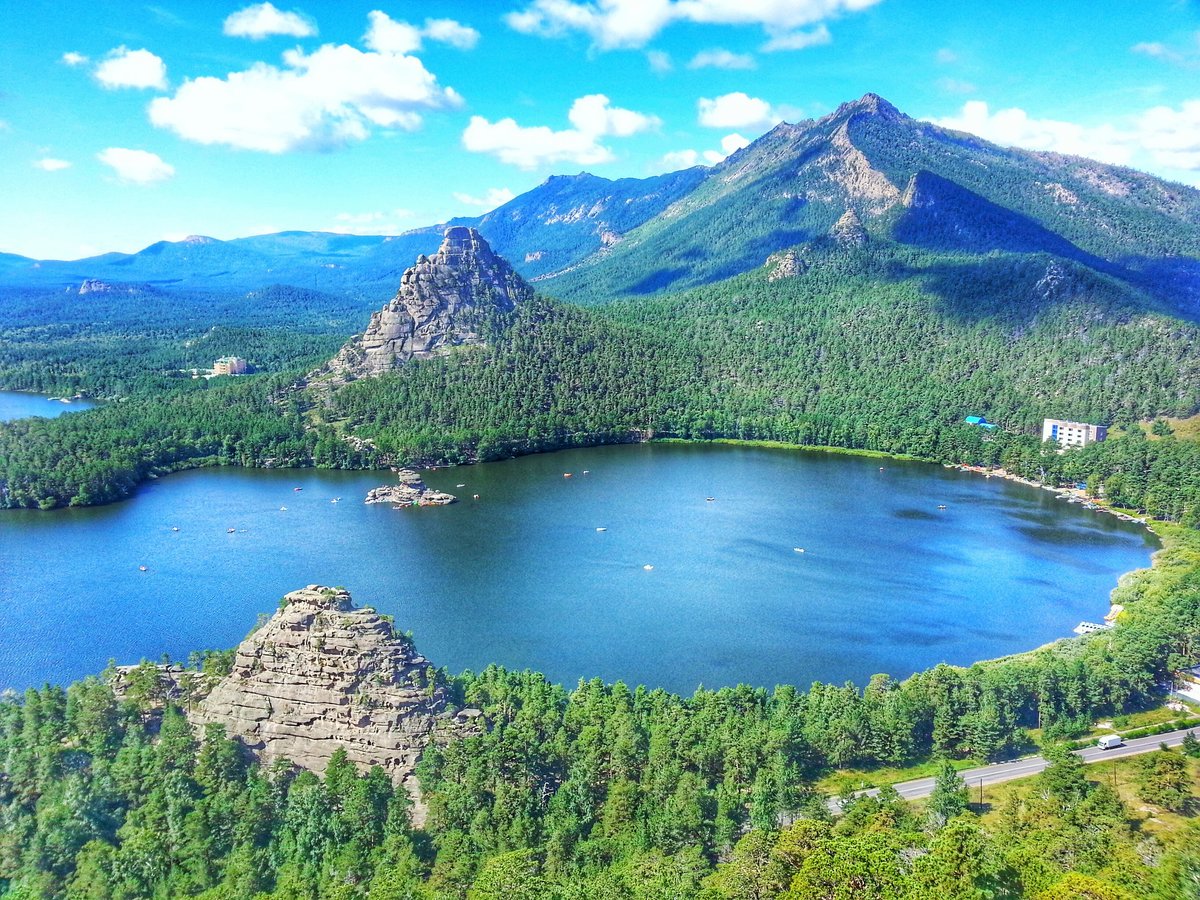
@borovoe.kz, Burabay resort area
Higher rankings and higher investment
In May, Kazakhstan rose in the World Economic Forum’s latest Travel & Tourism Development Index, jumping 14 spots to rank 52nd out of 119 countries, ahead of Qatar, Azerbaijan, Uzbekistan, Vietnam, Egypt, and Latvia. Kairat Sadvakassov, chair of the state company, Kazakh Tourism, called this a victory.
“Our long-term goal is to break into the top 50 of this ranking. Now, we are only two spots away from [achieving] this goal. This became possible thanks to the coordinated work of central government entities and local executive-branch entities, associations, businesses, and universities,” explained Sadvakassov.
This year, the Ministry of Tourism and Sports expects more than 10 million foreign tourists to visit Kazakhstan, versus over 9 million last year. This is double the number that came in the pandemic-tinged year of 2022, when 4.7 million traveled to the country. That year, hotels, guesthouses, and hostels earned KZT229 billion ($480 million). Currently, citizens from 82 countries can visit Kazakhstan visa-free.
Nurtas Karipbaev, chairman of the Tourism Industry Committee at the Ministry of Tourism and Sports, described the incentives provided to the tourism industry: “If, for example, an entrepreneur builds a hotel, 10% of his costs will be reimbursed by the state. In addition, if an entrepreneur buys machinery and equipment for ski resorts, the state reimburses 25%. If tour operators within the country buy buses for tourists, the state returns 25% to them.” According to Karipbaev, KZT1.4 billion ($3 million) has been allocated this year for the formation and promotion of tour offerings.
The Ministry of Tourism and Sports puts total investment in the tourism industry from January to May 2024 at KZT271 billion ($572 million), versus less than half that amount, KZT130.1 billion, for the same period in 2023. Investment is most active in Astana and Almaty, as well as in North Kazakhstan, Kyzylorda, and the Kostanay regions. “These figures prove that our tourism sector is becoming increasingly attractive to investors. We will continue to create favorable conditions for developing the industry and attracting capital,” said Karipbaev.
According to the ministry, the Almaty Mountain cluster was the most popular tourist destination in 2023, with more than 2.3 million visitors. Next came the Mangistau resort area (356,200 people) and Shchuchinsk-Burabay (305,400 people). Lake Alakol rounded out the most popular destinations with 205,800 visitors.
